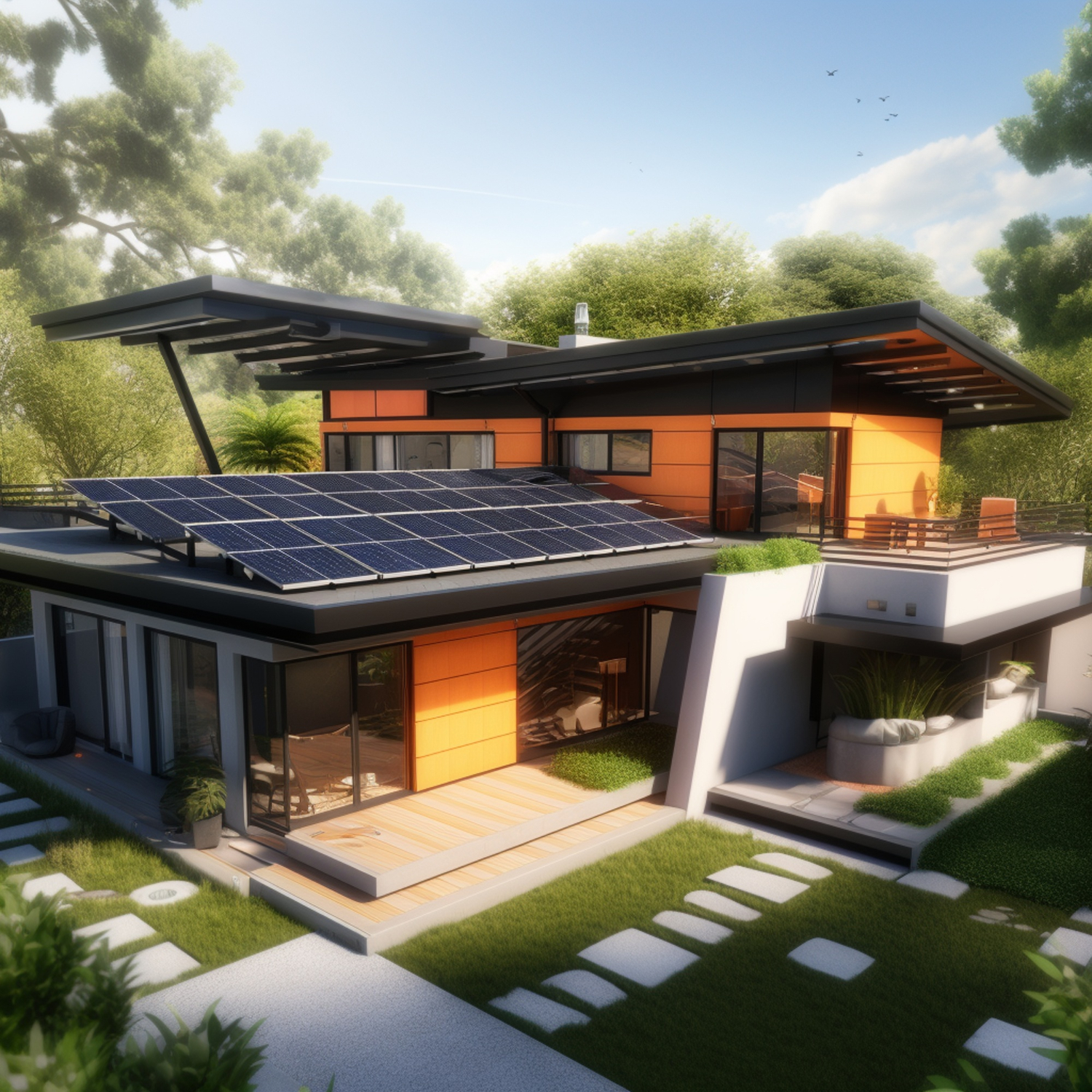City-by-City ADU Permit Guide: San Francisco vs. San Jose vs. Fremont (2025)

Here’s what’s driving me crazy about ADU permits in the Bay Area.
Every single day, I get calls from homeowners who are completely overwhelmed by the permit process. They’ve read that California made ADUs easier to build, but when they actually try to navigate San Francisco versus San Jose versus Fremont, they hit a wall.
The truth? Each city still has its own rules, timelines, and fees that can make or break your ADU project.
I’ve been in construction and real estate for 15 years, and I’ve seen too many people waste months and thousands of dollars because they didn’t understand these city-specific differences upfront.
That’s why I’m breaking down exactly what you need to know about ADU permits in these three major Bay Area cities for 2025.
What is an ADU and Why Permits Differ Across Bay Area Cities?
Let’s start with the basics because confusion here costs you time and money.
An Accessory Dwelling Unit (ADU) is a secondary housing unit on your property. Think of it as a legal way to add rental income, house family members, or increase your property value.
There are three main types:
- Detached ADUs: Standalone structures separate from your main house
- Attached ADUs: Connected to your primary residence
- Junior ADUs (JADUs): Smaller units (up to 500 sq ft) typically converted from existing space
Now here’s where it gets tricky.
California’s state ADU laws provide the framework, but cities can add their own requirements as long as they don’t make it harder than state law allows.
That’s why San Francisco focuses heavily on historic preservation and seismic safety, San Jose pushes streamlined approvals, and Fremont offers express programs with fee waivers.
Each city interprets setbacks, parking, design standards, and impact fees differently based on their local priorities and housing challenges.
Key Permit Requirements by City (2025 Update)
San Francisco ADU Permits
San Francisco makes ADU permits feel like climbing Mount Everest, but there’s a method to their madness.
The San Francisco Planning Department handles ADU applications through their online portal at sf.gov/departments/planning. You’ll work primarily with the Planning Commission for approvals.
Here’s the reality about timelines: expect 3-6 months for a standard ADU permit in San Francisco. I’ve seen simple projects take 4 months and complex ones stretch to 8 months when they hit historic district reviews.
Design guidelines are where San Francisco gets strict:
- Historic districts require additional design review
- Rear yard setbacks must be at least 25% of lot depth
- Height limits vary by neighborhood (typically 16-20 feet for ADUs)
- Windows facing neighbors need privacy considerations
The fees hit hard in San Francisco. Planning application fees start around $1,500-$3,000, and building permit fees can range from $8,000-$15,000 depending on project size and complexity.
What makes San Francisco uniquely challenging? Seismic retrofits are often required for older homes, and small lot sizes (many under 3,000 sq ft) limit your design options significantly.
San Jose ADU Permits
San Jose has embraced California’s push for faster ADU approvals, and it shows.
The city promises approval within 60 days for complete applications that meet their streamlined criteria. In my experience, they actually deliver on this timeline about 80% of the time.
San Jose’s game-changer is their pre-approved ADU plans program. They offer several architectural designs that automatically meet city requirements, cutting your approval time in half.
Cost-wise, San Jose is more reasonable:
- Planning fees: $500-$1,200 for standard ADUs
- Building permits: $5,000-$12,000 depending on size
- Impact fee waivers available for ADUs under 750 sq ft
The sweet spot for ADUs in San Jose? Single-family residential zones (R-1) with lots over 6,000 sq ft. These areas have the most flexibility for both attached and detached units.
San Jose also waives parking requirements if you’re within half a mile of public transit, which covers most of the city.
Fremont ADU Permits
Fremont has quietly become one of the most ADU-friendly cities in the East Bay.
Their “Express ADU Program” fast-tracks applications that meet specific criteria. I’ve seen approvals in as little as 30 days for projects using their streamlined process.
The financial incentives in Fremont are impressive:
- Impact fees waived for ADUs under 750 sq ft
- Reduced building permit fees (typically 30-40% less than neighboring cities)
- No affordable housing in-lieu fees for most ADU projects
Fremont’s parking requirements are practical. They don’t require additional parking if:
- You’re within 0.5 miles of public transit
- Your ADU is part of an existing structure
- Street parking is readily available
What sets Fremont apart from other East Bay cities like Hayward or Union City? They actively encourage ADUs through workshops, online resources, and a dedicated ADU specialist in their planning department.
Cost & Timeline Comparison Table
| City | Average Timeline | Planning Fees | Permit Fees Range | Unique Features |
|---|---|---|---|---|
| San Francisco | 3-6 months | $1,500-$3,000 | $8,000-$15,000 | Historic review required, seismic upgrades |
| San Jose | 60 days | $500-$1,200 | $5,000-$12,000 | Pre-approved plans, transit parking waiver |
| Fremont | 30-45 days | $400-$800 | $4,000-$10,000 | Express program, impact fee waivers |
Bottom Line: Fremont offers the fastest approvals and lowest costs, San Jose provides good balance with streamlined processes, and San Francisco requires more time and money but offers access to the most valuable real estate market.
Common Mistakes Homeowners Make in ADU Permits
I’ve seen these mistakes cost homeowners months of delays and thousands in resubmission fees.
The biggest mistake? Submitting incomplete documents. Each city has specific requirements for architectural drawings, structural plans, and energy compliance reports. Missing even one document triggers an automatic rejection.
Zoning setback violations are permit killers. I’ve watched homeowners design beautiful ADUs only to discover they’re 2 feet too close to their property line. Always verify setback requirements before finalizing your design.
Utility upgrades catch people off guard every time. Adding an ADU often requires electrical panel upgrades, new water meters, or sewer line modifications. Plan for these costs upfront.
Parking requirements trip up urban homeowners. Even when cities waive parking requirements, you need to document why your project qualifies for the waiver.
“The permit process isn’t just paperwork – it’s your roadmap to a legal, valuable addition to your property. Shortcuts here create expensive problems later.” – Maor Greenberg
Tips to Speed Up Your ADU Approval
Here’s how I help my clients cut approval times in half.
Use pre-approved designs whenever possible. San Jose’s pre-approved plans are gold, but even San Francisco and Fremont have design guidelines that, when followed exactly, smooth the approval process.
Hire architects who specialize in your city’s requirements. A San Francisco architect who handles historic districts weekly will navigate reviews faster than someone learning the rules on your project.
Prepare all documents in parallel. While your architect works on drawings, have your structural engineer start calculations and your energy consultant prepare Title 24 compliance reports.
Engage early with city planning staff. Most cities offer pre-application meetings where you can get feedback before submitting. This prevents major revisions later.
The result? My clients typically see 30-40% faster approvals compared to homeowners going it alone.
Future Changes to Watch in 2025 and Beyond
California isn’t done making ADUs easier to build.
New legislation in 2025 will likely expand ADU size limits and reduce parking requirements statewide. Several bills are working through the legislature that could allow ADUs up to 1,200 sq ft without additional review.
Sustainability incentives are coming. Cities are exploring fee reductions for ADUs that meet green building standards or include solar panels and electric vehicle charging.
Modular ADUs are gaining traction. Factory-built units that arrive ready to install could streamline approvals since they meet building codes before arriving on-site.
San Francisco is piloting expedited reviews for 100% affordable ADUs, and this model may spread to other Bay Area cities.
Final Results
Understanding these city differences before you start can save you 2-4 months and $5,000-$10,000 in the permit process.
Here’s what smart homeowners do:
- Choose Fremont for speed and affordability
- Pick San Jose for streamlined processes and pre-approved plans
- Select San Francisco when location and property values justify the complexity
The homeowners who succeed fastest? They match their city choice to their priorities and prepare thoroughly before submitting applications.
Conclusion
ADU permits don’t have to be a nightmare when you understand each city’s specific requirements and timelines.
The Bay Area housing crisis isn’t going anywhere, which means ADUs will continue offering incredible opportunities for rental income, multigenerational living, and property value increases.
But success comes down to choosing the right city for your situation and navigating their unique permit process correctly.



